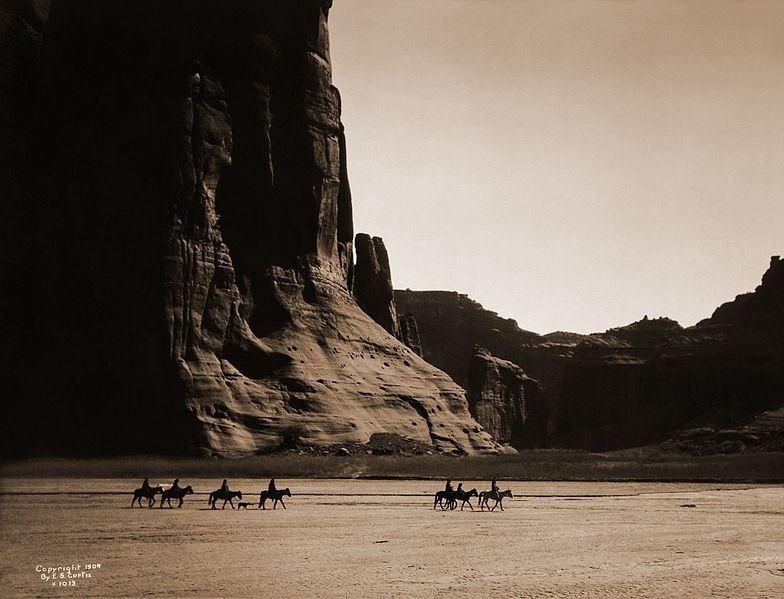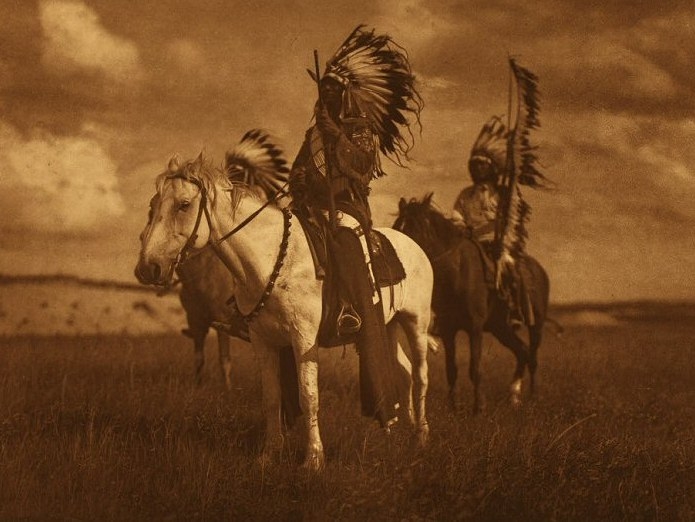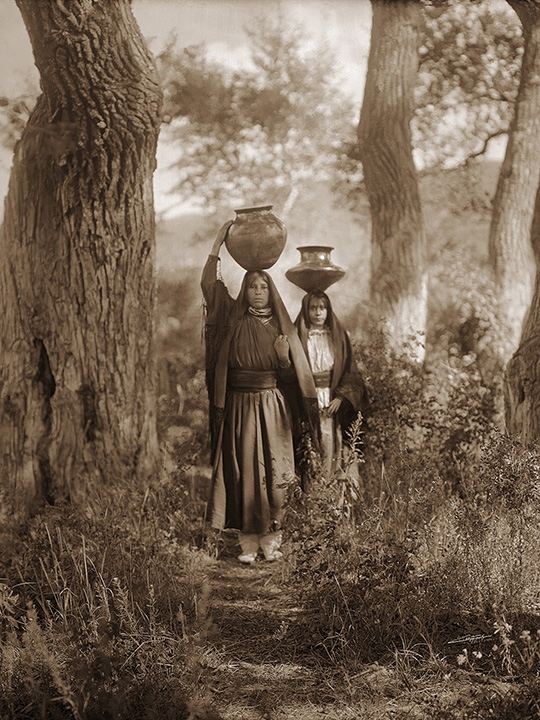
Bill Miller is a veteran investor and philanthropist. He donated the Edward S. Curtis Rare Photographic Archive to the University of Pennsylvania Libraries in Philadelphia. The Maryland Investor Gift includes 151 glass plates, made by Edward Curtis, one of the most prolific photographers of the first half of the 20th century.
This is a photo archive of Curtis’ three decades, who photographed more than eighty Native American tribes throughout the United States. The glass plates were used to reproduce many of the images from Edward Curtis’s project The Indian of North America (1907–1930). It is known for its romantic style associated with indigenous items. In this series of works, Curtis has often removed the trappings of modern life, such as alarms, from his latest prints and put objects in traditional dress, a practice that many historians have found problematic.

Constance Constantinou, Vice-Rector and Director of Libraries H. Carton Rogers III, said she was honored to receive this gift, which greatly expands their collections in the history of photography. The photo archive collection, which is valued at $ 4.2 million, is the largest group of photographic plates created by Curtis that has remained intact.
Most of the negatives that Edward Curtis produced during this lifetime – about 40,000 – have been destroyed. Some of the records given to Penn contain details that have long been lost in the printed versions. The plates were used by Edward Curtis as part of the photo-engraving process, which included glass negatives and an etching process for copper plates.
Brooklyn antiquarian Stephen Loewntheal, who helped pass Miller’s gift to Penn and sits on the library’s board of advisers, described it as “a laborious process” that “requires a lot of artistic ability.” Miller, a rare book and document collector, is best known for losing his fortune during the 2008 financial crisis and then unexpectedly returning with his eponymous mutual fund, Miller Value Partners.
University staff says the gift will help further research into indigenous culture. “The photographs by Edward Curtis raise complex questions about the representation of Native American peoples, both past and present,” said Christopher Woods, director of the Williams Museum of Pennsylvania.
“Through interdisciplinary collaboration within and outside the university, we can create meaningful opportunities to expand teaching and research in conversation with living Native American photographers, scientists, artists, students, and community members.”

Edward Curtis is a controversial figure. An undoubtedly talented photographer, he deserves the gratitude of his descendants for the invaluable ethnographic work – the rarest photographs of North American Indians of the early twentieth century.
He managed to photograph the way of life, national costumes, and everyday life of the indigenous people of the United States before most of the authentic details were dissolved under the influence of assimilation. The period when most of the photographs were taken was difficult and dramatic for the Indians – they were almost completely resettled on reservations, the intertribal confrontation ended, and the indigenous peoples had practically no rights and freedoms. Due to illness, maladjustment, and armed clashes, most of the tribes practically disappeared, and those who remained could not boast of a happy life.
Edward Curtis, who paid models to participate in staged scenes and manipulated the image of a “real Indian”, was mercilessly scolded by professional ethnographers for distorting reality. He often indulged in stereotypes, portraying indigenous peoples as savage barbarians and retouching images to prevent carriages, agricultural implements, braces, and other signs of civilization from falling into them.
Many Indians at that time successfully entered the cultural environment, trying to accept it, but Edward Curtis excluded all such traces from his photographs.

That being said, his contribution to American history cannot be understated. The staged and natural photographs of Edward Curtis helped to preserve the details of cultures unknown to us, which literally a decade later swept away the wave of the world war and crisis. The photographer, supported by President Theodore Roosevelt and tycoon John Morgan, has photographed Native Americans from Alaska to Florida for nearly thirty years and has been able to convey their timeless aura and identity.
Edward Curtis’s photographs are an accurate chronicle of the cultural and everyday life of more than 80 tribes. In addition to photographs, Curtis made audio recordings on wax cylinders, preserving samples of speech and music of the Indians for posterity. His anthology The North American Indian has been published for 23 years in a row – these are 20 volumes with a unique archive.
A lot of records about folk legends, funeral rites and myths, descriptions of traditional food, clothing, biographies of tribal leaders are truly a national treasure. Edward Curtis saw beauty and romance in the indigenous peoples and tried to preserve them.
























